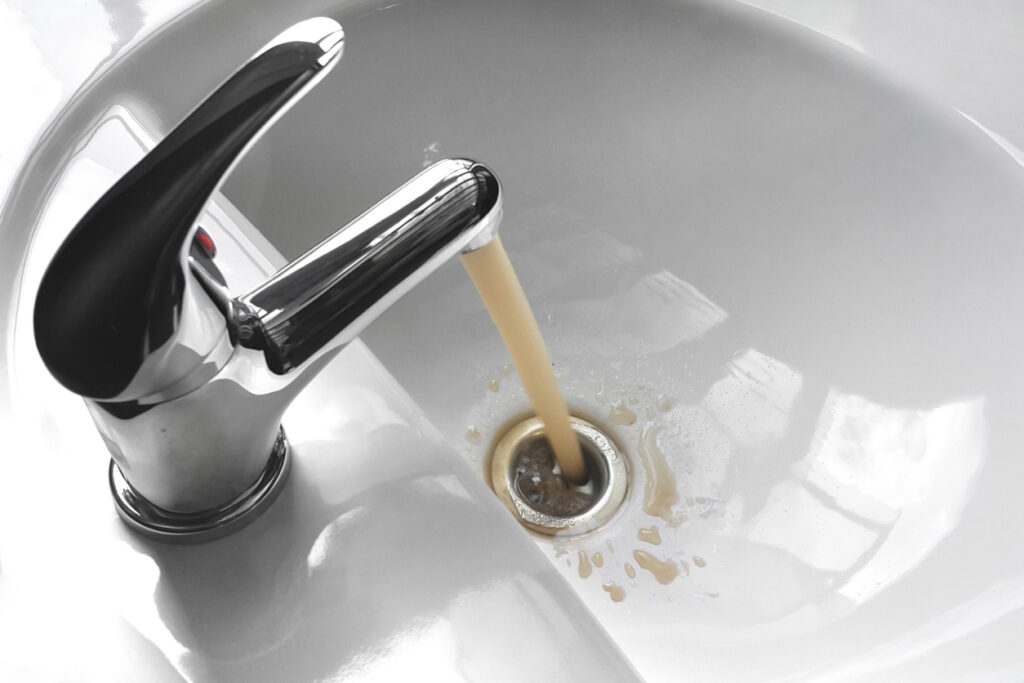While groundwater may seem infinite, this water supply can actually run low—so low, in fact, that wells may need to be dug deeper to reach the water supply or they may simply fail. The more groundwater decreases, however, the poorer the water quality may be. This is an important subject for well owners to understand so they know what to do if the groundwater ever decreases in their region.
Why Does Groundwater Ever Decrease?
Understanding why groundwater decreases requires a little understanding of groundwater and an aquifer.
- Aquifer: A body of porous rock or sediment that is saturated with water. An aquifer may be described as an underground lake or river. It stores water which can then travel slowly through the rock or sediment. Water in the aquifer can resurface through springs and wells drilled down to the level of the water.
- Groundwater: Any water that exists underground in saturated areas. It includes all the water in soil, sand and rock and the water contained in and traveling through aquifers.
Groundwater supplies are “recharged” (replenished) by rain and snow that soaks into the ground and seeps into cracks in rock. It eventually makes its way to the aquifer. In the event of scarce rainfall or a drought, there is less water to soak into the ground and recharge the groundwater. In this case, there is less water to feed into any water wells drilled in this area.
Another reason groundwater decreases is if there is excessive pumping. The vast majority of water taken from groundwater supplies is used for agricultural irrigation. Therefore, wells most likely to suffer are in agricultural areas. Population increases can also stress underground water supplies.
The Effect of Decreased Groundwater on Well Water
As groundwater supplies decrease, concentrations of contaminants can increase. Eventually, they can reach levels high enough to affect taste, color, odor and health.
Here are some of the reasons these contaminants increase:
- Heavy pumping can draw salt water into a freshwater aquifer. In Nassau and Suffolk Counties, Long Island, and New York, for example, heavy pumping for domestic use has caused saline groundwater to move inland.
- When less water is added to a well, the water begins to have high concentrations of nitrates, heavy metals, and other pollutants. Fresh water constantly recharging groundwater keeps these concentrations low.
- Aquifer depletion reduces the pressure that exists within the system. This reduced pressure permits contaminants in the porous rock to enter the water.
Whenever a region has an aquifer that is being stressed by heavy pumping, it is important for private well owners to monitor their water quality.
How to Tell if Your Groundwater Is Decreasing
National and international agencies and nonprofits monitor the reduction of groundwater. Tuning into reports from the U.S. Geological Survey or non-profits that monitor water conditions can provide a well owner with information about changes in water supplies.
Locally, a reduction in water pressure, sputtering water flow from a tap or poorer water quality can warn a well owner that groundwater is decreasing and the aquifer is dropping. Increased energy costs can also warn a well owner that more energy is being consumed to pump water from a longer distance due to a deeper supply.
Remember, water is constantly being pumped out of an aquifer for use by humans, animals, industry and crops. Wells that once had plenty of water may no longer be deep enough to reach the aquifer and so can run dry. Maintaining a water supply may require drilling deeper or in another location.
Why You Should Never Ignore Signs that Your Water Level is Dropping
Trying to run a pump when the underground water level is dropping can cause a well to fail. The only solutions may be to drill the well deeper or drill a new well. Signs of well failure include:
- Pumping air, sand or sediment
- Low water pressure
- Air bubbles in the water
- Pump cycling on and off
- Tap water that is murky or muddy
A well owner who monitors the quality of their well water can get an early warning that the well is failing. Fast service of the well may preserve its function. To check your water quality with a fast, accurate test, click here.

